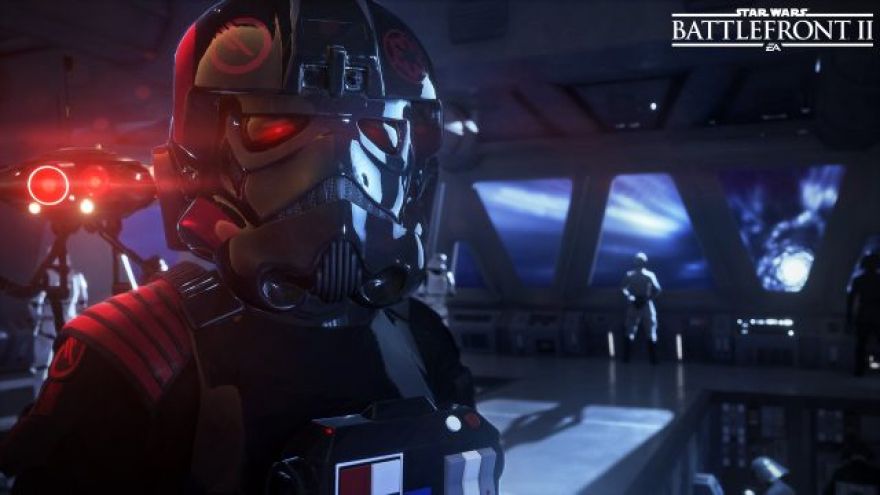
Last week, EA found itself in hot water as the official launch of Star Wars: Battlefront II approached. After first attempting to justify making players unlocking a single hero, the company slashed hero prices, cut rewards and put a time-limited lockout on how many credits you could earn in a day when using Arcade Mode (undoing the impact of slashing prices), and appeared resolute in the face of mounting criticism. Battlefront II was going to launch with a loot system that relied entirely on loot crates and pay-to-win mechanics, in which how well you competed in-game was mostly dependent on whether you were willing to buy enough loot crates to get (completely random) gear drops that favored your preferred class or scenario.
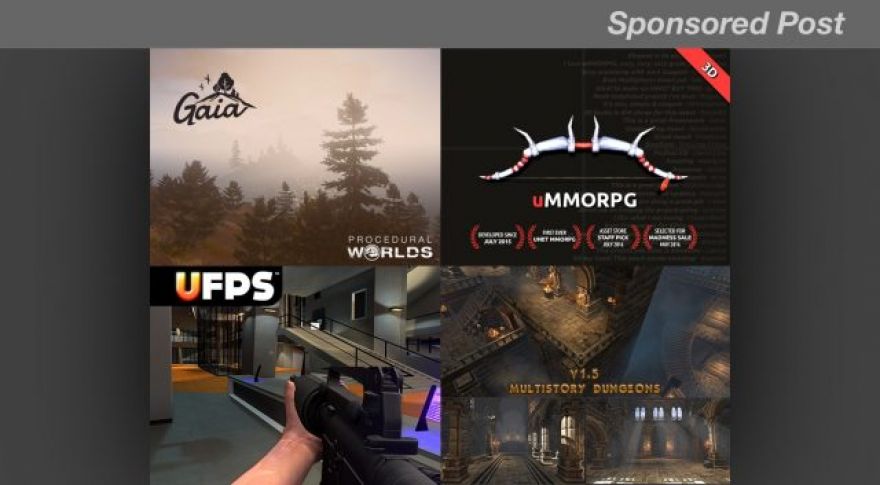
If you have any desire whatsoever to develop your own games, Unity is an invaluable tool. Not only is it a powerful cross-platform engine for PCs, phones, and consoles, but the Unity asset store helps devs both small and large implement specific features or art assets without having to re-invent the wheel. And to celebrate Black Friday, dozens of the best assets are being discounted by up to 50%. • With a whopping 60 different assets on sale, there’s something here for just about any developer. However, since we couldn’t possibly cover everything, we want to highlight four of the most impressive assets in this Black Friday sale.

The Lexus NX, the smallest SUV in Lexus’ lineup, is a most credible offering, with a nicely trimmed cockpit, long-distance comfort for four adults, and a choice of mainstream, sporty, or hybrid versions. The NX is the best seller in the compact/luxury category thanks to Lexus’ reputation for quality and a base price several thousand dollars less than its primarily German competitors. The model year 2018 midlife refresh further improves the NX, and addresses shortcomings such as a small navigation screen and quirky touchpad infotainment controller. The Lexus Safety System is now standard, including adaptive cruise control and lane departure warning.

Over a decade ago, Microsoft added support for a key malware mitigation technique that makes it harder for rogue applications to predict which code will be loaded into specific target addresses. This technique, called address space layout randomization (ASLR), stores data in different locations each and every time the application is run. If your code is riddled with security flaws, ASLR won’t secure it, but it will (hopefully) make it a little harder to find and therefore exploit. Or at least, that’s how it’s supposed to work — but Windows 10, it turns out, has a teensy little problem.
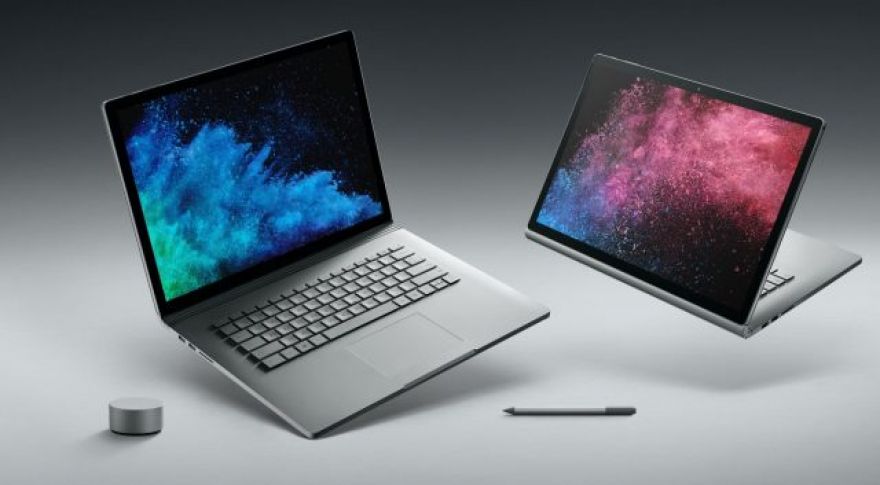
When Microsoft announced its refreshed Surface Book 2 last week, it was quite clear about how it wanted to position the product. “This is a desktop,” Panos Panay, Microsoft’s corporate VP of devices, declared. “For many, this is likely the most performant desktop they have ever seen.” Apparently Panay was working with a different definition of “performant” than the rest of us, however, because the Surface Book 2’s true stand-out feature this time around isn’t the hinge, upgraded GPU, or its generally high performance: It’s that Microsoft’s latest and greatest literally can’t game on AC power without draining the battery.
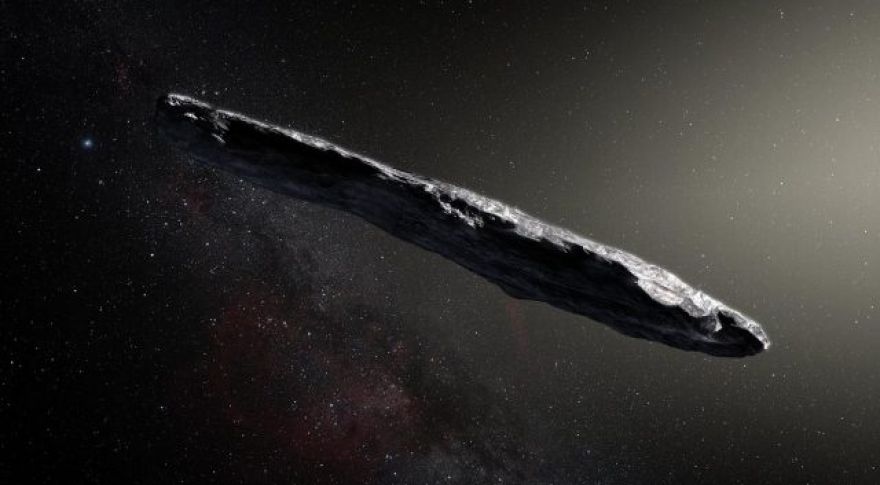
Just over a month ago, scientists working on the Pan-STARRS (Panoramic Survey Telescope and Rapid Response System) observatory at Haleakala, Hawaii caught a glimpse of something truly extraordinary: the first known interstellar object to pass through the solar system. Over the past month, we’ve refined observations and detailed what we could make of the object. Now known as 1I/2017 U1 ‘Oumuamua, it’s the first object of its kind. The “I” denotes its interstellar origin (ISO). ‘Oumuamua plunged into the solar system as if dropped into it from above, closing to within 0.25 AU from the sun. That puts it between the orbit of the sun and Mercury, but there was no hint of a “tail” as ‘Oumuamua approached.
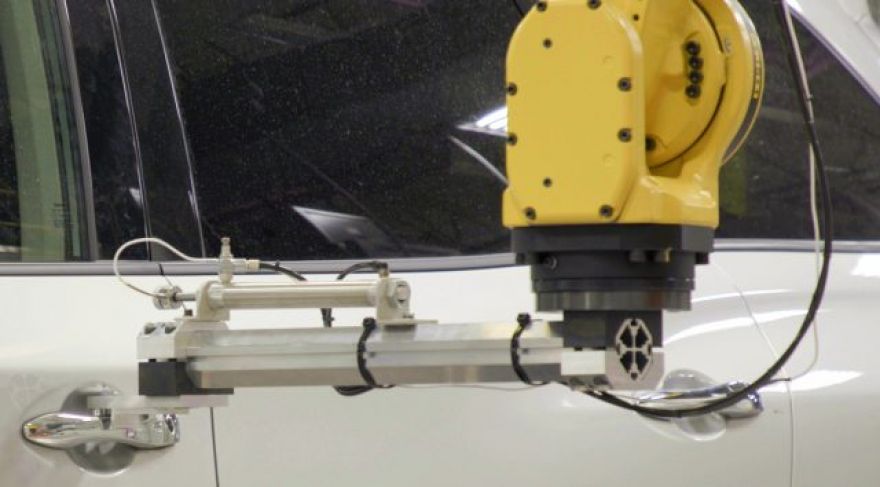
The average car is opened and closed 45,000 times over the course of 10 years — sometimes gently, sometimes with enthusiasm, occasionally slammed when you’re having a bad day. Imagine being the worker who has to do that open-close cycling to prove the durability of the door hinges, latch mechanisms, weatherstripping, and window glass frames. Nissan has enlisted an automated test device, a 1.5-ton door-durability robot, to test car door reliability at the Nissan Technical Center North America (NTCNA) in Farmington Hills, Michigan. The robot is nicknamed Rosie, or Mrs. Doorboto. In three days, Mrs. Doorboto opens and closes a door as much as that typical customer does over the course of a decade, working around the clock, with no coffee, bathroom, or lunch breaks.
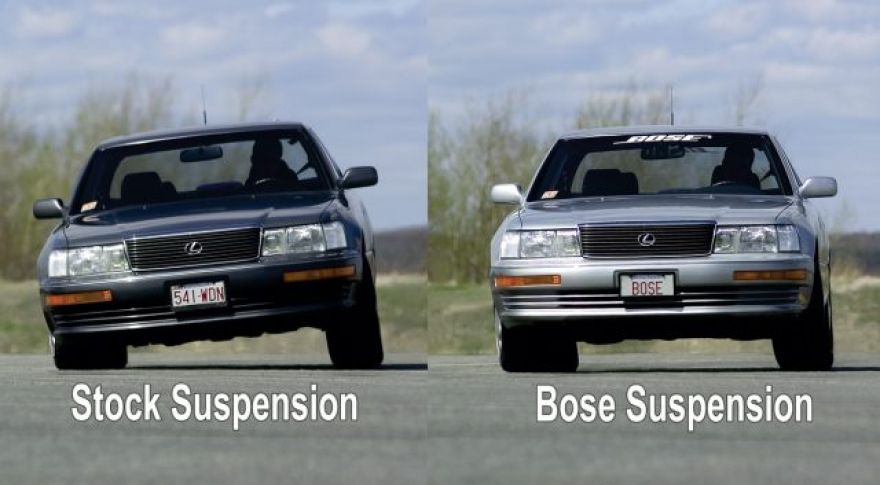
Thirty-seven years after Dr. Amar Bose hit on the idea of beefing up a loudspeaker’s electromagnetic driver to be an adaptive car suspension, Bose is selling off the technology to ClearMotion, another Boston-area tech company founded by MIT graduates. Bose got as far as developing prototype cars that were exhibited in 2004, though it did bring to market an offshoot, electromagnetically suspended seats for long-haul truck drivers. Unmodified- and Bose-suspension Lexus LS400s on a bumpy road, 2004. Genesis of the Electromagnetic Suspension At a at Bose headquarters in Framingham, Massachusetts, Amar Bose said, “This is the first time a suspension system is the same for a sports car and for a luxury car.
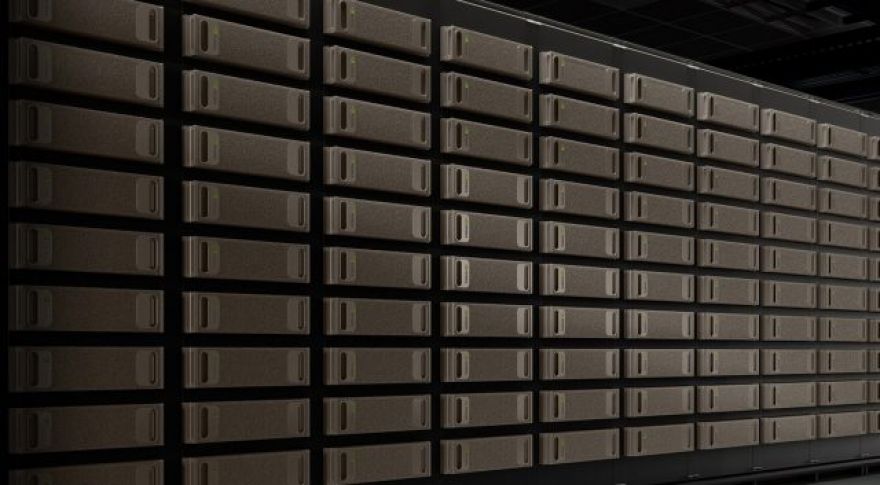
The Supercomputing 2017 (SC17) conference has been in full swing this week, with major announcements from a number of players in the HPC industry. Nvidia has been no exception — the company has feathered its cap with announcements that it now has major co-processors in 87 of the TOP500 supercomputers worldwide, as well as six of the ten most efficient supercomputers in the world (listed as the GREEN500). Now, Nvidia is putting its hard work on Volta back into its own hardware, with a massive upgrade to the it built for its own use. A year ago, the SaturnV was the most power-efficient system in the TOP500, with a rated capability of 9.46GFLOPS/watt.









